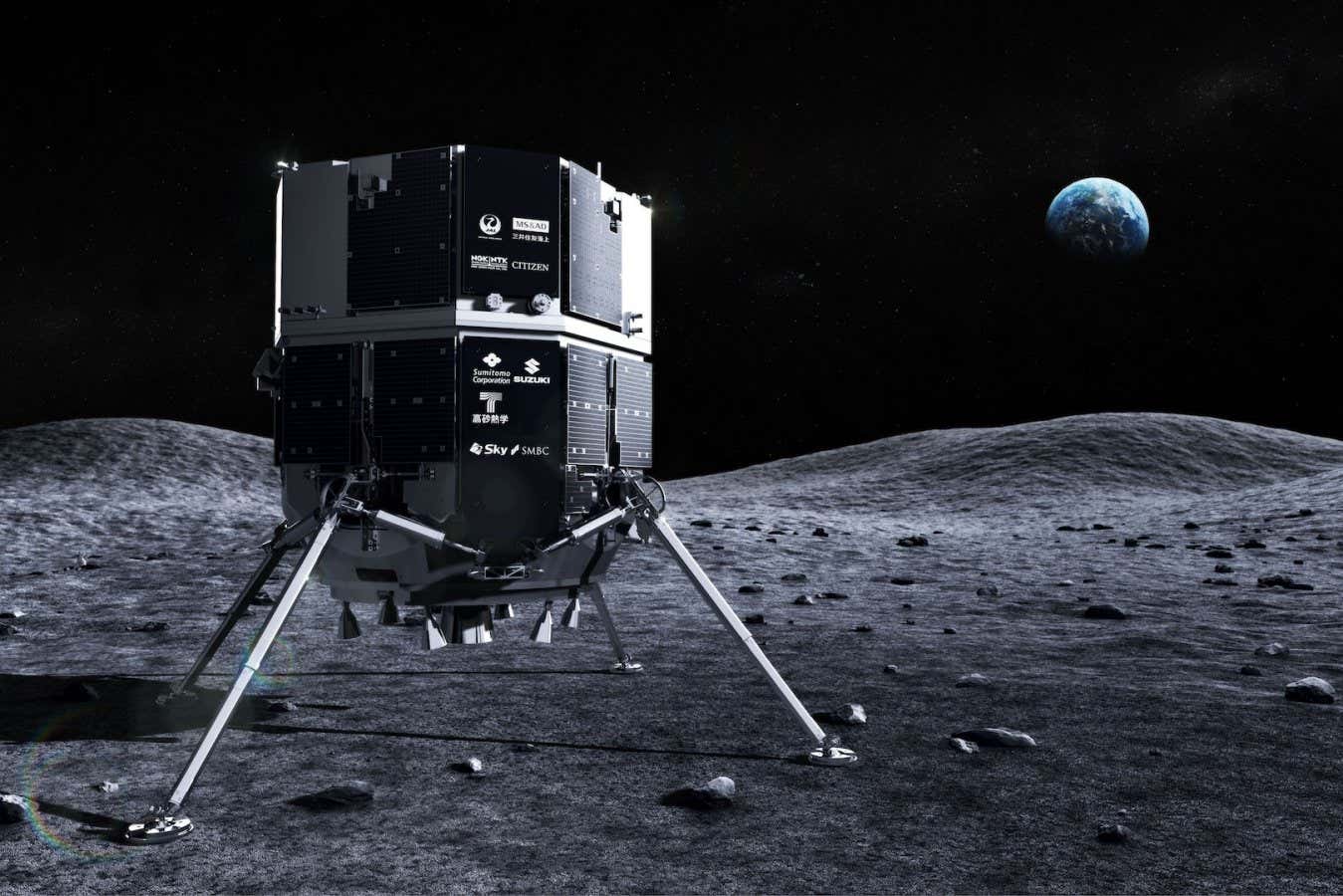Now Reading: Private ispace Resilience Probe Set for Lunar Landing Attempt This Week
-
01
Private ispace Resilience Probe Set for Lunar Landing Attempt This Week
Private ispace Resilience Probe Set for Lunar Landing Attempt This Week

Quick Summary:
- Japan’s space company ispace will attempt to land its Resilience lunar lander on the moon on 5 June at around 8:20 pm BST.
- If successful, this will mark the third private spacecraft landing in history and the first by a non-US firm.
- Resilience launched aboard a SpaceX rocket on 15 January alongside Firefly Aerospace’s Blue ghost, which landed earlier in March.
- The spacecraft took an indirect route through deep space to reach Mare Frigoris,a remote northern plain never before explored by prior missions.
- it carries six experiments, including devices for producing hydrogen/oxygen from water, algae food production, radiation monitoring systems, and plans to deploy a rover called Tenacious for surface exploration during its scheduled two-week mission.
- Improved sensors have been added following the crash of ispace’s first lunar mission (Hakuto-R) last year; however, landing remains challenging due to rapid deceleration requirements within minutes.
Indian Opinion Analysis:
India stands at an opportune moment amidst growing global interest in private lunar exploration technologies like those demonstrated by Japan’s Resilience mission. Success could expand international scientific collaborations and redefine geopolitical leadership in space innovation beyond historically dominant players like the US or Russia – giving other nations room also deepening industry benchmarking Indian always context play useful learnings science-wise Cross-tech scenarios globally applicable progress perspective alongside historic benchmarks ISRO Chandrayaan models Comparative insights
























